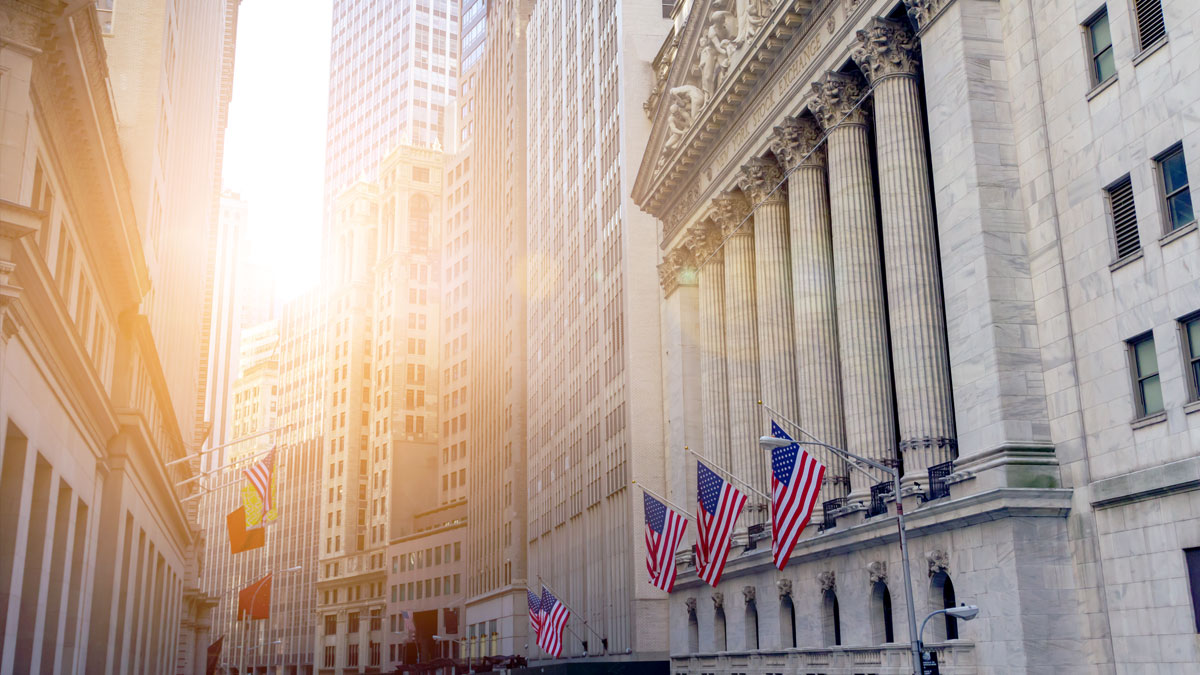
Key takeaways
Media attention and high valuations around an initial public offering, or IPO, don’t always translate into a favorable investment.
Investing in IPOs may better suited for investors with longer-term time horizons and willing to hold shares rather than sell them.
Individual investors can purchase IPO stock directly through a brokerage account or by investing in small-/mid-cap growth mutual funds.
When well-known or well-regarded companies decide to become a publicly traded and owned entity, the media buildup around the IPO can often intrigue individual investors.
An IPO is a significant milestone, as it indicates the company is at its stage of growth where it has access to the public market, thus providing capital to further expand its operations. But initial public offerings can be a misguided topic for many. As a prospective shareholder, keeping an eye on the IPO calendar and buying stock when a company goes public might seem like an easy way to get in early. However, positive media attention garnered by an IPO may or may not mean it’s an appropriate investment.
“Not all IPOs are proven to be long-term winners. In fact, while many IPOs have flourished, the company path toward financial greatness is littered with failed IPOs.”
Terry Sandven, chief equity strategist, U.S. Bank Asset Management
It’s important to understand the misconceptions, as well as potential opportunities, around investing in initial public offerings before buying stock.
What is an IPO?
An IPO, or initial public offering, is the public issuance of stock by what was previously a privately held company. The company makes a percentage of its ownership available in the form of shares of stock on a public exchange. The stock’s price is set for the initial offering. Once the stock goes public, it’s available to all individual investors.
Why does a company use an IPO?
An initial public offering is one way that private companies seek to raise equity capital. A few reasons companies may want to sell shares of their stock include funding future growth, paying off debt, or allowing existing investors to liquidate their shares.
Is it good to invest in an IPO?
IPOs offer a combination of opportunities and challenges. Companies that can demonstrate consistent growth can generate favorable returns for investors. However, that scenario doesn’t always play out. Reliable financial information about a company that is just having its stock brought public is not always easy to come by. That can make it difficult to properly assess the financial history and prospects of an IPO-issuing company. As a result, IPOs can be more speculative than established stocks.
Should you invest in IPOs based on public excitement?
You shouldn’t invest in an IPO just because the company is garnering positive attention. Extreme valuations may imply that the risk and reward of the investment is not favorable at the current price levels.
Investors should keep in mind a company issuing an IPO lacks a proven track record of operating publicly. Further, the competitive landscape of the market could affect an IPOs performance. These factors, and others, could negatively affect the success of an IPO and complicate an investor’s decision.
Do IPO investments offer higher returns?
Not always. Newly public companies are often categorized as high risk and volatile, as they lack a proven record of operating in the public domain. According to Terry Sandven, chief equity strategist with U.S. Bank Asset Management, financial results from investing in IPOs are mixed. “Not all IPOs are proven to be long-term winners,” he explains. “In fact, while many IPOs have flourished, the company path toward financial greatness is littered with failed IPOs.”
Still, predicted growth often attracts the most attention to an initial public offering. Typically, investors are willing to pay higher valuations for the expected future growth, so IPOs tend to trade at higher multiples. However, these high valuations could become troublesome during periods of economic slowing when investor angst rises and sentiment becomes more risk averse, Sandven warns.
Are companies that go public financially stable?
It’s not that simple. An IPO has audited financials, but the future stability and predictability of these financials is uncertain. A company’s fortunes are often contingent on factors beyond its control. For example, many factors — such as the pace of global growth, tariffs, government regulation and stage in the economic cycle — could work against a company.
Who gets IPO shares first, individual investors or institutional investors?
Institutional investors or fund managers tend to be the primary purchasers in an IPO – not individual investors. Institutional investors and fund managers typically have the means to purchase multiple shares at once.
Ideally, investment bankers — the people who provide underwriting services for companies that decide to go public — want to place IPO shares with investors who have longer time horizons and are willing to hold shares rather than sell them in the open market, adding to share price volatility.
So, when a well-hyped company finally goes public, there may not be enough IPO shares for both institutional and individual investors to purchase. As a result, individual investors may have to wait for the secondary market, where securities are traded after the IPO.
Does investing in an IPO get me in on the ground floor?
Before going public, companies have likely gone through a few rounds of private investment. This means IPO investors aren’t the first to have access. Rather, they are among the first public owners of a company.
It’s important to note: There will likely be a difference between the IPO offering price and the price an individual investor will pay for the stock once the shares start trading on an exchange. The offering price, announced ahead of the IPO, is a fixed price reserved for institutional investors, employees and investors who meet certain eligibility requirements.
Understanding IPO realities
After careful consideration, if you’re still interested in a certain IPO, mark your calendar for the date when shares of the newly public company will be available to buy on the market. On this day, depending on share availability, purchases can be made through a brokerage account.
An alternative for individual investors to purchase stock directly through an IPO is to consider investing in small-/mid-cap growth mutual funds, many of which are active purchasers of IPOs. Sandven’s top piece of advice for potential IPO investors: Buyer beware.
“Know the company, the drivers of growth, the competitive landscape, valuations of similar companies and company-specific risks,” Sandven says. Not all initial public offerings are created equal. “Ideally, companies with competitive advantages in high growth markets and with high barriers to entry trading at reasonable valuations afford IPO investors with a wonderful opportunity to participate in the early growth phase of the company’s life cycle. Unfortunately, the future for IPO companies is often less clear, impacted by several unknowns including fundamental, macro and geopolitical issues beyond a company’s control.”
This implied volatility may make IPOs better suited for investors with longer term time horizons who can bear a substantial loss of principal. Talk with a financial professional about how investing in IPOs may benefit your long-term investment strategy.
Learn about our approach to investment management.
Tags:
Explore more
How do hedge funds work to diversify your portfolio?
Hedge funds are alternative investments for diversifying and potentially enhancing investor portfolios. Review the risks, benefits and investment strategies specific to hedge funds.
Personalized investing guidance aligned with your goals.
Let us help you craft a portfolio that reflects your goals, time-horizon and values.


